Leadership Evolution
“When we treat man as he is, we make him worse than he is; when we treat him as if he already where what he potentially could be, we make him what he should be.”
Johann Wolfgang von Goethe

What is this all about?
The entirety of human history is a history of leaders who have left their imprint on society, with positive consequences, and often also with negative ones. What has been understood as „good leadership“ has changed over time, and the discussion about it never stopps. Countless theories arguing the pros and cons of each leadership style have been published, while new styles continue to be invented, mirroring the respective level of societal maturity and consciousness.
Looking from an evolutionary perspective, one can distinguish four major phases of economic maturity that can be characterized by an increasing level of Autonomy – and with some time-delay also a raising level of internal trust.
For each of these eight phases, certain key leadership typologies can be identified that allow for a certain level of generalization, when looking at the many types of leaders across different (organizational) cultures, each representing a developmental stage in terms of maturity, care and focus.
As leadership is the prevailing institution that influences the work environment, its style determines to a large extent the working conditions that are relevant for employee motivation. Therefore, its various expressions have been chosen as reference points for the evaluation process of the Gross Corporate Happiness framework.
For the purposes of the GCH evaluation system, eight different leadership types that are most representative in their impact on employee motivation and wellbeing have been identified. They differ greatly in expression, focus, and inner assumptions about the individual, as well as the overall role and responsibility of organizations in the broader context of society.
These eight leadership styles (and their corresponding symptoms) were chosen as reference points for the evaluation of the respective domain factors.
While no organization can be fully assigned to a specific type, typically it shows dominant type patterns in its policies and practice. Having characterized all domains and each sub-criteria of the Gross Corporate Happiness® Framework on those different levels of organizational maturity along the Leadership scale, it is possible not only to evaluate any corporate environment with regards to its dominant level of consciousness, but also to identify the specific “acupuncture points” within a corporate culture that require elevation in order to reach the next stage of maturity.
Moreover, thanks to a common scale, this opens up the opportunity to analyze its patterns of interaction with any other social environment, whether client or employment markets – to ultimately design ways for organizations to keep pace with the evolution of consciousness in our society.









